PB+J for a Shaman
What does a Peanut Butter + Jelly mean to me? It's the minimalism of self care. It's more than a snack, but it's quick.
It's the perfect fix for the hustle-bustle of owning a business, but not having enough expendible income to eat-out. It's fast, it's satisfying; it's a complete protein with the antioxidants of whatever type of fruit the jam is made of. PB+J is a classic New York staple. First mentioned in 1901 by Julia Davis Chandler. It was a delicacy found in only the finest tea rooms in New York City such as that of Vanity Fair. With the invention of sliced bread, these little triangles with the crust cut off left the elite tea rooms and flew into the hands of the mainstream.
In the 1920's peanut butter manufacturing became stream-lined and sugar started to be added the demographic popularity of PB drifted down in age. During the Depression, this sandwhich was a mainstay for children- being able to construct without a sharp knife.
In 1995 I imagine that I made my own Peanut Butter and Jelly sandwich. It was my first try at the culinary arts and where it all started. This sandwich gave me a sense of independence and culinary creativity. I would do waffle PB+J, French toast PB+J and even PB+J with sliced fruit + cheese. The possibilities seemed endless. In 2019 I decided to integrate the concept into this bar, inspired by the medicine people I deeply admire: Shamans of Colombia, Peru, Ecuador + Chile.
Sacha Inchi
There isn't a whole lot of information regarding the original cultivation or Sacha Inchi, but what is known is its connection to the the Chanca, who were defeated by the Inca in 1438 BC. Its interesting then that we call it Inca nut rather than Chanca nut, but this isn't surprising as conquerers seem to always claim to have "discovered" something. The truth seems to be that humans have had a much deeper and longer relationship to "superfood" plants than I thought.
Maqui Berry
A little something special I've been working on: an oat milk white chocolate. I ground toasted oat flour into Ecuadorian cocoa butter with some finely grounded sugar from @justpanelacane. To hone in on the theme for this next bar I ground freeze dried maqui berries (above) from @terrasoul to add flavor and a whole lotta nutrition. I've been hesitant about making white chocolate (or milk) because the whole point of chocolate for me is that deep theobromine buzz from high percentages of cacao. For those of you who don't know, white chocolate traditionally is just cocoa butter, milk powder, vanilla and sugar, with zero cacao solids. Since white chocolate has much less of the potent qualities of cacao solids (the brown part) I figured any white chocolate that I make needs to be somehow fortified.
Maqui berries have been harvested by the Mapuche natives of Chile for their medicinal qualities. They have some of the highest antioxidants out of any fruit and have been studied for its benefits in eye health. But I don't see these as just a "superfood.'" For me to understand a potent fruit like this I enjoy digging into how the knowledge of it's use is shared. In Mapuche culture, medicinal knowledge is kept by the Machi, or shaman. For the Mapuche, the shaman is usually a woman. I've been lead to the conclusion that typically men write history and women are typically the keepers of the details and context. I'm excited to go deeper into this line of thinking and explore all of the foods that we might not know about or take for granted.







